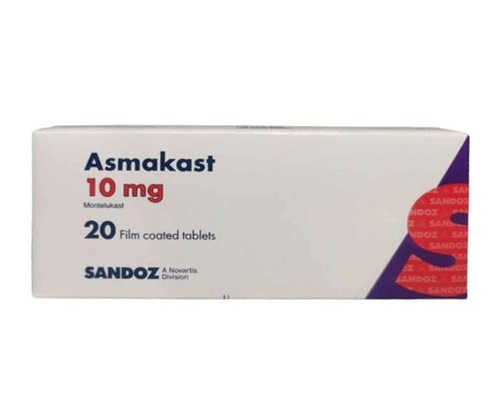Description
Tradename:
Claritine
Claritine
Compound:
Every 10 ml of syrup contains:
Loratidine 10 mg.
Auxiliary components:
propylene glycol, glycerol, anhydrous citric acid, sodium benzoate, sucrose, peach flavor and purification water.
Properties:
Histamine H1 receptor blocker. Has antiallergic, antipruritic, antiexudative effects. Reduces capillary permeability, prevents the development of tissue edema, reduces the increased contractile activity of smooth muscles caused by the action of histamine.
Indications:
Claritine syrup relieves allergy symptoms, including sneezing, runny nose, itchy/red eyes, and itchy throat/nose. Claritin provides relief from symptoms that can be caused by more than 200 different allergens. Claritin is an antihistamine, so it interferes with the cascade caused by allergens. It provides 24-hour relief from symptoms caused by allergens such as pollen, dust mites, pet dander and mold.
Directions for use and dosage:
Adults and children over 12 years of age:
Take two teaspoons (10 ml) once a day.
Children aged 2 to 12 years take according to their weight:
With a body weight of 30 kg or less:
One teaspoon (5 ml) once daily.
Claritin is not recommended for children under 2 years of age.
Contraindications:
Children under 2 years of age;
Lactation period (breastfeeding);
Sucrase/isomaltase deficiency, fructose intolerance, glucose-galactose malabsorption – due to the presence of sucrose included in the syrup;
Hypersensitivity to the components of the drug.
The drug should be prescribed with caution to patients with severe liver dysfunction and during pregnancy.
Precautionary measures:
Use during pregnancy and breastfeeding:
The safety of loratadine during pregnancy has not been established. The use of Claritin during pregnancy is possible only if the expected benefit to the mother outweighs the potential risk to the fetus.
Loratadine and its active metabolite are excreted in breast milk, therefore, when prescribing the drug during lactation, the issue of stopping breastfeeding should be addressed.
Use for liver dysfunction:
Use the drug with caution in case of liver failure: the initial dose should be 10 mg (1 tablet) every other day.
Use for renal impairment:
For patients with renal failure, the initial dose should be 10 mg (1 tablet) every other day.
Side effects:
Headache, nervousness, fatigue, drowsiness, insomnia, increased appetite, dry mouth, hair loss.
Storage method:
Store in a dark place at a temperature no higher than 30 degrees









